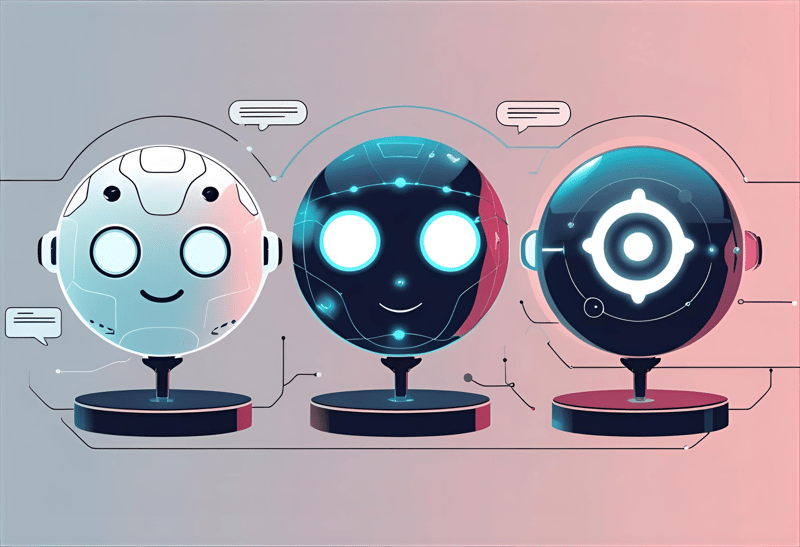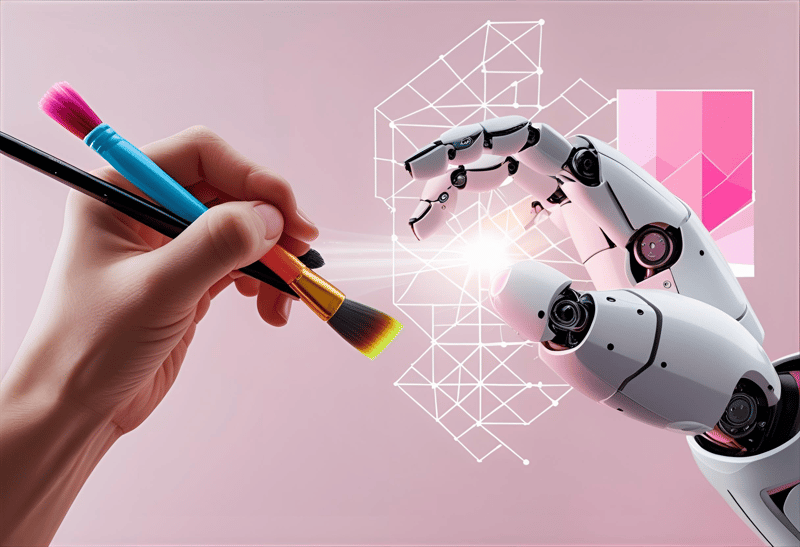AI Max Search: These are the new 100% AI-powered campaigns in Google Ads.
Google has done it again! If you thought Performance Max was the peak of automation, buckle up: here comes AI Max Search, a new evolution in...
Plan, activate and control media to hit targets with precision.
Turn data into smart decisions with advanced analytics and modeling.
Efficiency, governance and scale for agencies and teams.
![[Ebook] SEO + AI: eBook to Master AI Overviews and GEO](https://www.adsmurai.com/hubfs/MKT%20-%202025/WEB/Resources%20-%20Banners/HeaderEN_Ebook_SEO+AI.png)
[Ebook] SEO + AI: eBook to Master AI Overviews and GEO
Learn how to structure and distribute your content so generative models can understand it, trust it, and reuse it in their answers. A practical guide to compete and appear in AI Overviews and AI-powered assistants.
Discover more
Digital marketing is at a turning point. For years, the formula seemed clear: invest more in paid media, launch more campaigns, collect more data, and produce more content. But that "more" no longer guarantees results. Today, saturation is the new normal: more brands competing, more platforms launching new formats, and more metrics on impossible-to-digest dashboards.
The problem is that while the volume of content grows, consumer attention remains the same: limited and fragmented. This is where Artificial Intelligence (AI) becomes a strategic lever. Not to add to the noise, but to provide clarity, focus, and efficiency in an environment where information overload threatens to paralyze teams.
Companies that are already integrating AI into their strategies understand it well: it's not about jumping on the algorithm bandwagon, but about using technology as an accelerator for decisions and an amplifier for impact. AI doesn't replace human vision or creativity, but it does free up teams from routine tasks, identify invisible patterns, and multiply the ability to execute with precision.
In this article, we'll explore how AI is becoming the silent tool that allows marketers to move from theory to action:
The challenge isn't knowing what AI is (that debate is over), but understanding how to apply it with purpose, so your digital strategy not only survives but also leads the way in an increasingly competitive market.
TABLE OF CONTENTS
Visibility no longer just depends on appearing in search engines or social media. Today, conversations happen on generative AI platforms, dynamic forums, marketplaces, newsletters, and even in invisible algorithmic recommendations.
This opens a new front: what happens when a user asks ChatGPT, Perplexity, or Claude about a product category and your brand doesn't appear in the response? In practice, it means that for that user, your brand doesn't exist.
The pain is twofold:
Realistic example: A person asks an AI about the best sustainable fashion brands. The answer shows three options... but your brand isn't among them. Not because it doesn't fit, but because no one optimized your presence on this new conversational channel. The result: a lost opportunity at the most spontaneous and real moment of decision.
The reverse also happens: your brand appears, but it's misrepresented. An AI might confuse one of your claims with a competitor's, or associate your product with a positioning that doesn't fit. In a matter of seconds, your reputation is compromised.
Practical keys to gaining smart visibility:
👉 The new visibility is invisible. Appearing in AI's responses will be as relevant as appearing on the first page of Google a decade ago.

Marketing teams live surrounded by dashboards, endless reports, and spreadsheets full of metrics. But... are they really helping to make better decisions?
Data overload can be just as paralyzing as a lack of data. The paradox is clear: more information doesn't always mean more clarity. In fact, many brands are trapped in "analysis paralysis": they know something is wrong, but they can't figure out what, how, or where to act.
The pain here is evident:
Example: A brand detects that a product's conversion has dropped by 20%. The data is there, but no one knows if the cause is price, creativity, competition, seasonality, or the audience. While they investigate, the budget keeps running.
This is where AI comes in as a tireless analyst:
Practical example: A retailer with 8,000 products in its catalog discovered through AI that the performance drop in a category wasn't due to price or stock, but to a change in product images. This insight allowed them to react quickly and recover profitability.
Practical keys:
👉 In marketing, data is only valuable if it helps answer the key question: what do I do now?
Today's paid media requires creativity at a speed and scale that is impossible to cover with human teams alone. Fragmented audiences, changing contexts, micro-moments of decision...
The challenge: generate hundreds of personalized ad variations without diluting the brand's identity.
AI becomes a creative copilot:
Example: A marketplace automatically adapts its ads based on the weather. If it's raining in Barcelona, it shows umbrellas; if it's sunny in Seville, it shows sunglasses. The CTR skyrockets without the need to manually produce creatives for each scenario.
But be careful: AI doesn't mean letting go of the reins. Automation without creative direction can generate irrelevant noise. Success lies in balancing volume with consistency.
Practical keys:
👉 Infinite creativity is only valuable if it connects with the right person at the right time.

The digital ecosystem is undergoing a radical change: the disappearance of third-party cookies . This means less direct user data, blurred attribution, and less precise targeting.
Without AI, the risk is flying blind. With AI, brands can find a new balance:
Example: A travel brand could no longer accurately track online bookings. By applying AI models, it was able to estimate the impact of its paid campaigns on offline sales, maintaining optimization without relying on cookies.
Practical keys:
👉 Cookieless paid media isn't dead. It's evolving toward a smarter, more respectful, and more efficient model .
AI is neither a luxury nor a fad. It's the differentiating factor between brands that react late and brands that lead.
Reconfiguring your strategy with AI today is what will make the difference in how you compete tomorrow.
If you want to learn more about how to apply these ideas to your business, download our free resource:
👉 Ebook: Reconfigure your digital strategy with AI
A practical guide to identifying friction points, turning them into opportunities, and taking your marketing to the next level with intelligence, not more resources.

Google has done it again! If you thought Performance Max was the peak of automation, buckle up: here comes AI Max Search, a new evolution in...

In a world where attention spans are shorter than a TikTok video, standing out on marketplaces like Amazon, Walmart, or Mercado Libre is no longer...

For more than twenty years, the pact in the digital world was clear and stable: companies created valuable content, Google indexed it and displayed...